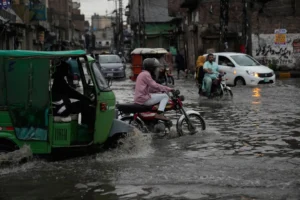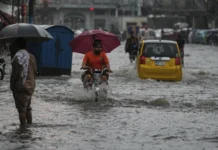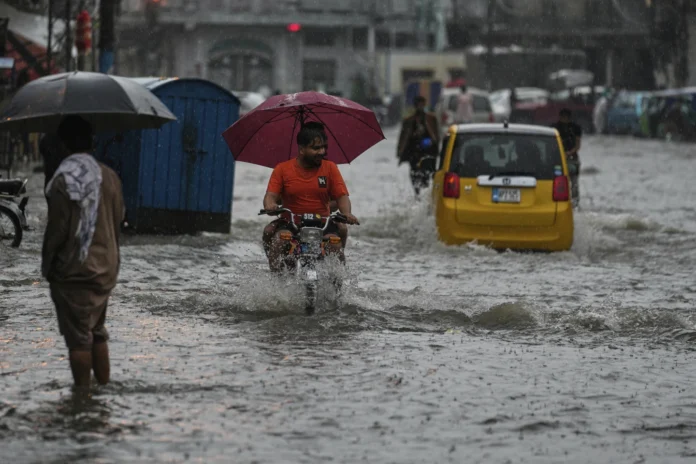Heavy Monsoon Rains in Pakistan Cause 54 Deaths in 24 Hours Amid Widespread Floodin
Pakistan is grappling with severe monsoon rains that have led to the deaths of at least 54 people in just one day in the eastern province of Punjab. This recent surge in fatalities has pushed the total number of rain-related deaths across the country to 178 over the past three weeks, according to government officials. The Pakistan Meteorological Department has reported an 82% increase in rainfall during July 2025 compared to the same period last year, intensifying the flooding situation in several regions.
Punjab province has been particularly affected, recording a staggering 124% rise in rainfall between July 1 and July 15, compared to last year’s figures. The persistent heavy rains have resulted in flash floods and widespread inundation of both rural and urban areas. Major cities such as Lahore and Rawalpindi have witnessed significant street flooding, disrupting daily life and transport. The situation became critical in the Jhelum district, where a sudden cloudburst caused flash floods that overwhelmed local infrastructure. Emergency services deployed boats to rescue dozens of residents stranded by the rising waters.
Floodwaters have also affected other provinces, including Sindh in the south, Balochistan in the southwest, and Khyber Pakhtunkhwa in the northwest. Since the monsoon season began in late June, officials have been coordinating rescue and relief operations to assist displaced communities and prevent further casualties. The government has issued warnings for continued heavy rainfall in the coming days, urging residents in vulnerable areas to remain cautious and prepared.
These floods come amid one of the heaviest monsoon seasons Pakistan has seen in recent years. The excessive rainfall has damaged homes, infrastructure, and farmland, raising concerns about the impact on agriculture and local economies. Authorities are working to restore essential services and provide aid to those affected, but challenges remain due to ongoing adverse weather conditions.
As the monsoon season progresses, meteorologists warn that the flooding risk will persist, especially in low-lying and flood-prone regions. Residents are advised to follow official safety guidelines and stay updated on weather forecasts to minimize harm. The current situation highlights the urgent need for improved flood management and infrastructure resilience in Pakistan, which faces increasing climate-related challenges.
Floo ding:
ding:
Heavy rainfall has resulted in widespread flooding across Lahore, with some areas experiencing waterlogging and inundation.
News reports indicate that the heavy rains have caused damage to infrastructure, roofs collapsing in some areas.
-
Power Outages:
Some reports also mention power outages due to the rain, with several LESCO feeders tripping.
-
Monsoon Season:
Lahore is prone to flooding during the monsoon season, which typically lasts from June to September.
-
Public Announcements:Authorities have issued warnings and alerts regarding the heavy rainfall and potential flooding.
 Several news channels and social media platforms have been actively reporting on the situation, with videos and updates showing the extent of the flooding and its impact on the city.
Several news channels and social media platforms have been actively reporting on the situation, with videos and updates showing the extent of the flooding and its impact on the city.











































